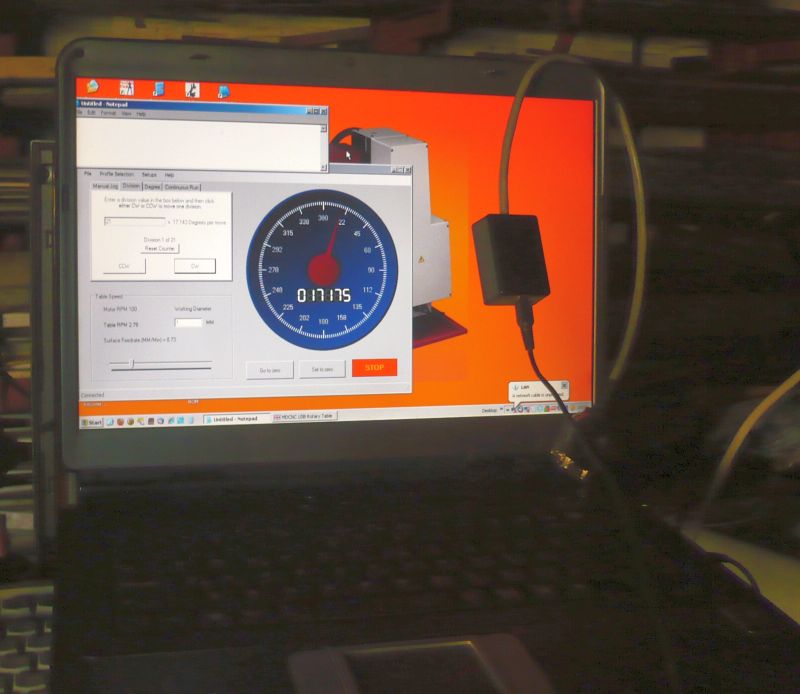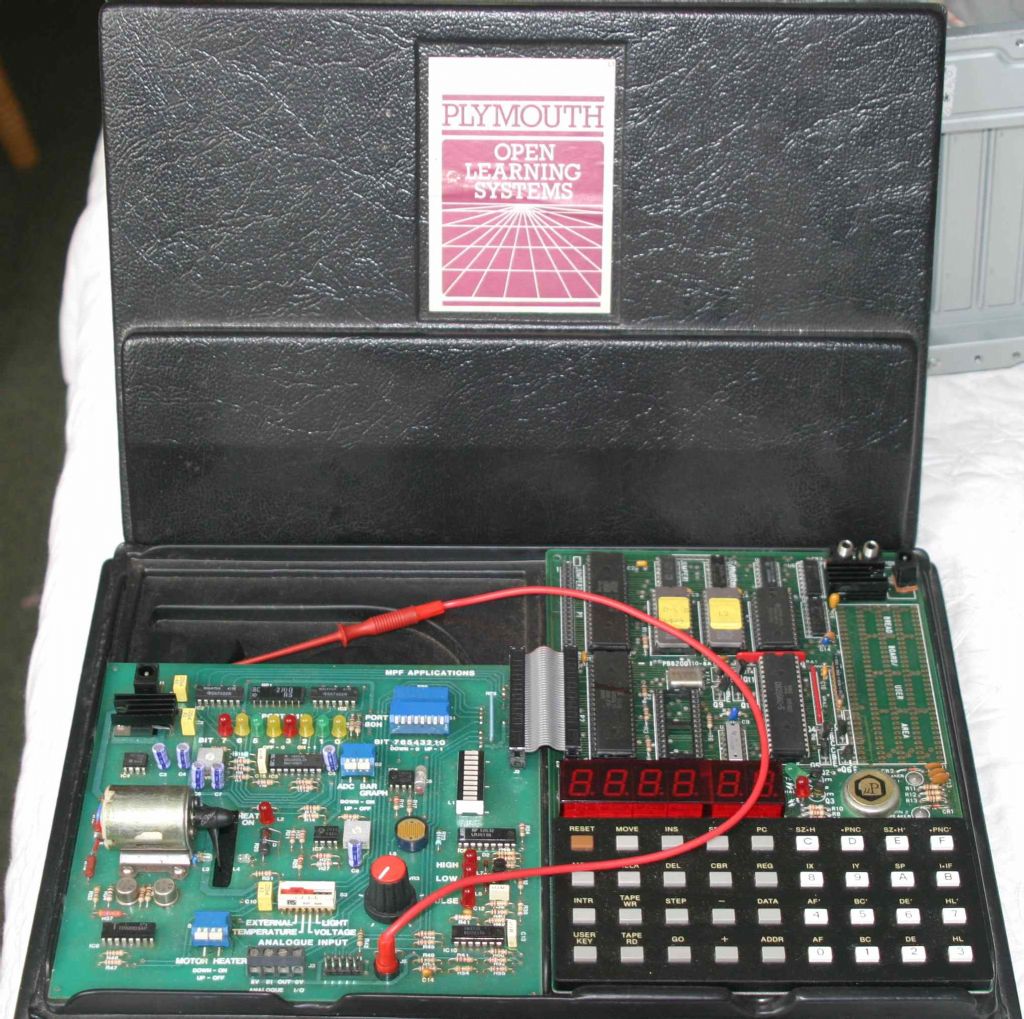Home brew DRO
Home brew DRO
- This topic has 41 replies, 14 voices, and was last updated 6 October 2013 at 12:51 by
Cornish Jack.
- Please log in to reply to this topic. Registering is free and easy using the links on the menu at the top of this page.
Latest Replies
Viewing 25 topics - 1 through 25 (of 25 total)
-
- Topic
- Voices
- Last Post
Viewing 25 topics - 1 through 25 (of 25 total)
Latest Issues
Newsletter Sign-up
Latest Replies
- How Would I Machine this CAD designed Ratchet
- Centec 2B fast traverse ideas
- Tooth Angle for the Myford Bull Wheel Indexer device
- THE MONTHLY TIPS COMPETITION – THE ENTRY THREAD!
- Discussion on the Future Direction of Model Engineer and Workshop
- Magnetic optical punch
- Unimat SL renovation – any tips?
- Midlands Garden Rail Show 2025 – 1st & 2nd March – this weekend!
- Centec 2b mill rebuild
- Harrison Universal Milling Machine Feed Gears & 3Phase











